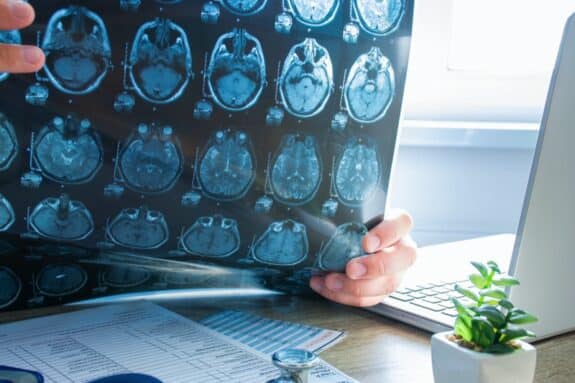In a ground-breaking study, Dr. David Amaral, Research Director of the UC Davis MND Institute in the U.S. found that brain development may indicate different subtypes of autism. The data was recently presented at the Asia Pacific Autism Conference in Perth, Australia – the world’s largest gathering this year for autism experts.
Dr. Amaral’s presentation was based on his five-year investigation of 350 autistic children named the Autism Phenome. It was one of the largest and most comprehensive autistic studies ever attempted. Each child in the study received a brain scan – a diagnostic test that would reveal two distinct brain development subtypes for autism.
Dr. Amaral presented the specifics of his research, saying:
“One group of children has precocious growth of the brain. The pattern only appears in boys with autism and is mainly observed in children whose parents say they regressed into autism. The medical records of these children indicate that their brains began to become enlarged around 4 to 5 months of age, even though autism did not appear until 18 to 24 months.”
“Many other children with autism, including all girls evaluated, appear to have a normal trajectory of brain growth, though their autism appears in the first 12 months. The biological cause of autism in these children is likely to be quite different from those with abnormal brain growth.”
One child out of 110 has autism, according to recent statistics. It is classified by impairments in social interaction, cognition and communication and there is no known cure. No definitive cause has been established for autism but research has indicated that a variety of factors may be involved, including environment, genetics and immune system deficiencies. Little is still known about autism and, as a result, the treatment options for autism are also limited.
Dr. Amaral hopes that his research opens new doors for autism, much like the discovery of different cancer subtypes opened doors for treatments, cures, and prevention methods in the 1960s. And while more research is needed, Dr. Amaral stated that understanding the subtypes is the key to finding a cure and definitive prevention methods.
He said:
“It is absolutely clear that there are biologically distinct subtypes of autism. The hints we have uncovered from monitoring the brain growth of children with autism is just the tip of the iceberg of biological features that will support the definition of biologically different types of autism. This is early days and it is impossible to define how many subtypes will ultimately be discovered.”
“Until we start attacking each subtype, we will not make progress towards prevention and more effective reduction in disability. It is similar to the situation with cancer. If we are trying to cure all cancer at the same time, it would be hopeless. Well, the same is true for autism.”
Related Articles:
- Autism Theater Initiative Aims to Create Autism-Friendly Broadway Environment
- In-Vitro Fertilization Being Investigated for Possible Link to Autism
- Study Confirms Co-Sleeping Not Linked to Social Skill Problems







